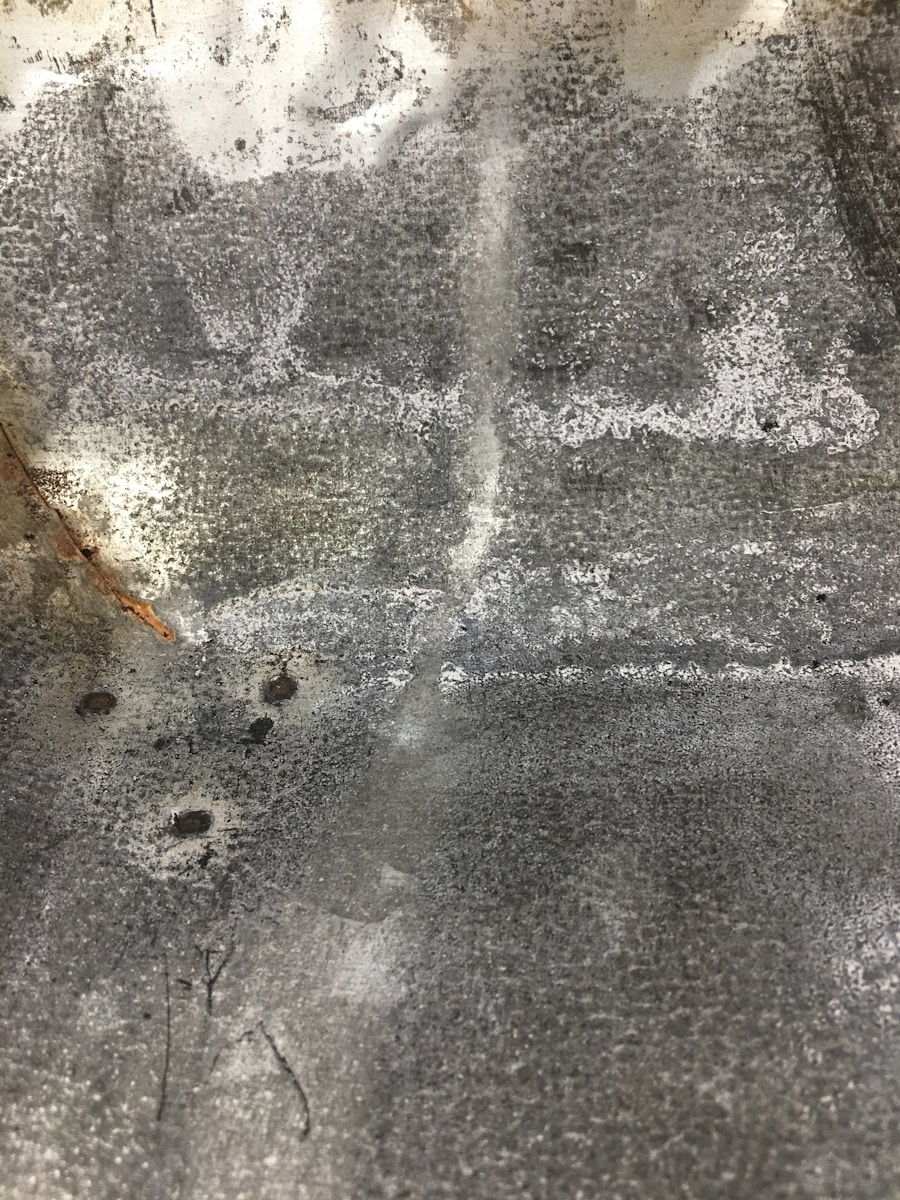A vacuum leak can significantly impact the performance of an engine, leading to a range of symptoms that can be both perplexing and frustrating for vehicle owners. One of the most common indicators of a vacuum leak is an irregular idle. When the engine is running, it may exhibit a rough or fluctuating idle speed, which can be particularly noticeable when the vehicle is at a stop.
This erratic behavior occurs because the engine is receiving an incorrect air-fuel mixture due to excess air entering the system, disrupting the delicate balance necessary for optimal combustion. In addition to an unstable idle, other symptoms may include a decrease in fuel efficiency and a noticeable loss of power during acceleration. Drivers might find that their vehicle struggles to maintain speed or that it hesitates when they press the accelerator.
These issues arise because the engine is not operating as efficiently as it should, leading to increased fuel consumption and diminished performance. Furthermore, the check engine light may illuminate on the dashboard, signaling that the vehicle’s onboard diagnostic system has detected an anomaly in engine performance, often related to a vacuum leak.
Key Takeaways
- Symptoms of a vacuum leak include rough idling, stalling, and poor acceleration
- Common areas for vacuum leaks include the intake manifold, vacuum hoses, and connections
- A smoke machine can be used to visually detect vacuum leaks by observing smoke escaping from the system
- Visual inspection of vacuum hoses and connections can reveal cracks, splits, or loose fittings that indicate a leak
- A handheld vacuum gauge can be used to check for leaks by measuring the vacuum pressure in the system
Identifying common areas for vacuum leaks
Vacuum Hoses: A Common Culprit
When attempting to locate a vacuum leak, it is essential to understand where these leaks are most likely to occur. Vacuum hoses, often made of rubber, can deteriorate over time due to heat and exposure to various elements. Cracks, splits, or disconnections in these hoses can create pathways for air to enter the system without passing through the throttle body, leading to an imbalance in the air-fuel mixture.
Intake Manifold Gasket: A Key Connection
Inspecting vacuum hoses should be one of the first steps in diagnosing a potential vacuum leak. Another frequent culprit is the intake manifold gasket, which seals the connection between the intake manifold and the engine block. If it becomes damaged or worn, it can allow air to escape.
Other Susceptible Areas
Additionally, throttle body gaskets and other connections within the intake system are also susceptible to leaks. By familiarizing oneself with these common areas, vehicle owners can streamline their search for vacuum leaks and address issues more efficiently.
Using a smoke machine to detect vacuum leaks

One of the most effective methods for detecting vacuum leaks is by using a smoke machine. This device generates a dense smoke that can be introduced into the intake system, allowing technicians to visually identify any leaks present. When smoke is introduced into the system, it will escape through any cracks or openings, providing clear evidence of where the leak is located.
This method is particularly advantageous because it can reveal leaks that are otherwise difficult to detect through visual inspection alone. The use of a smoke machine not only simplifies the process of locating leaks but also minimizes the risk of overlooking smaller issues that could lead to significant performance problems down the line. By pinpointing leaks accurately, technicians can make informed decisions about repairs and replacements, ultimately saving time and resources.
This method has gained popularity in automotive diagnostics due to its efficiency and reliability in identifying vacuum leaks.
Performing a visual inspection of vacuum hoses and connections
Conducting a thorough visual inspection of vacuum hoses and connections is a crucial step in diagnosing potential vacuum leaks. Vehicle owners should begin by examining all visible hoses for signs of wear and tear, such as cracks, fraying, or disconnections. It is essential to pay close attention to areas where hoses connect to other components, as these junctions are often prone to leaks due to improper sealing or deterioration over time.
In addition to inspecting hoses, it is also important to check for any loose clamps or fittings that may compromise the integrity of the connections. A loose clamp can allow air to escape or enter unexpectedly, leading to performance issues. By taking the time to perform a meticulous visual inspection, vehicle owners can identify potential problem areas early on and address them before they escalate into more significant issues that could affect engine performance.
Using a handheld vacuum gauge to check for leaks
A handheld vacuum gauge is another valuable tool for detecting vacuum leaks in an engine. This device measures the level of vacuum present in the intake manifold and can help identify discrepancies that may indicate a leak. To use a handheld vacuum gauge effectively, one must first connect it to a suitable vacuum source within the engine’s intake system.
Once connected, the gauge will provide a reading that reflects the current vacuum level. If the reading falls below the expected range for a properly functioning engine, it may suggest that there is a leak present. By comparing the gauge’s readings with manufacturer specifications, technicians can determine whether further investigation is necessary.
This method provides a quantitative approach to diagnosing vacuum leaks and can be particularly useful in conjunction with other diagnostic techniques.
Testing for leaks using a can of carburetor cleaner

Conducting the Test
This practical method for detecting vacuum leaks involves using a can of carburetor cleaner. The approach is relatively straightforward and can be performed by vehicle owners with basic mechanical knowledge. To conduct this test, start the engine and allow it to idle before spraying carburetor cleaner around suspected leak areas, such as vacuum hoses and gaskets.
Identifying a Leak
If there is a vacuum leak present, the engine’s idle will change noticeably when the carburetor cleaner is introduced into the intake system. The cleaner will be drawn into the engine through the leak, causing a temporary increase in RPMs or a smoother idle as it alters the air-fuel mixture momentarily.
Benefits of the Method
This method provides immediate feedback on whether there are any significant leaks present and can help narrow down areas that require further inspection or repair.
Inspecting the intake manifold and gaskets for leaks
The intake manifold and its associated gaskets are critical components in maintaining proper engine function, making them essential areas to inspect for potential vacuum leaks. Over time, these gaskets can become brittle or warped due to heat exposure and age, leading to gaps that allow air to escape or enter improperly. A thorough inspection should involve checking for visible signs of wear or damage on both the manifold itself and its gaskets.
In addition to visual checks, it may be beneficial to perform a pressure test on the intake manifold system if there are suspicions of leaks. This test involves applying pressure to the system while monitoring for any drops in pressure that could indicate a leak. By ensuring that both the intake manifold and its gaskets are in good condition, vehicle owners can help maintain optimal engine performance and prevent further complications down the line.
Seeking professional assistance for difficult-to-find vacuum leaks
While many vehicle owners may feel confident in their ability to diagnose and repair minor vacuum leaks on their own, some situations may warrant professional assistance. Difficult-to-find vacuum leaks can be particularly challenging due to their elusive nature; they may not always produce obvious symptoms or may occur in hard-to-reach areas of the engine. In such cases, enlisting the help of an experienced mechanic can save time and frustration.
Professional technicians have access to advanced diagnostic tools and equipment that can aid in identifying elusive leaks more effectively than standard methods. They possess extensive knowledge of various vehicle systems and can quickly pinpoint issues that may not be apparent to less experienced individuals. By seeking professional assistance when faced with challenging vacuum leak situations, vehicle owners can ensure that their engines operate efficiently and reliably while avoiding potential long-term damage caused by unresolved issues.
If you are interested in DIY projects for your home, you may also want to check out this article on garage transformations. This guide provides step-by-step instructions on how to turn your garage from a cluttered storage space into a functional room that can serve a variety of purposes. Whether you want to create a home gym, workshop, or extra living space, this article offers valuable tips and inspiration for transforming your garage.






